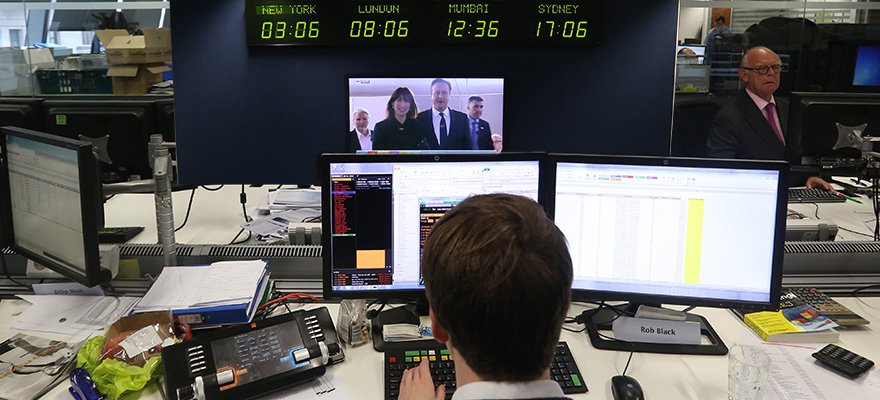Prior to the global financial crisis in 2008, trading desks were basking in revenues and profits that made their respective costs virtually negligible – since then a litany of regulatory changes, rising labor costs, and other factors have collectively helped erode such profits, creating a wave of challenges that sell-side trading desks have been forced to deal with.
Don't miss your last chance to sign up for the FM London Summit. Register here!
The issues faced by sell-side trading desks are not exclusive to any one asset class or sector. Indeed, many leading lenders over the past two years have seen dramatic reductions in their personnel and workforces, namely in connection with foreign Exchange (FX) or fixed income trading desks in countries such as the UK.
To help address this phenomenon, Greenwich Associates recently published a new report that touched on a series of ten recommendations for broker-dealers that can collectively help slow the bleeding.
Lean and Mean
Greenwich Associates conducted its lengthy multi-thronged interviews with several thousand market participants through 2016. The collective goal was to address lingering headwinds and to also help broker-dealers ultimately reposition themselves in what has been an increasingly hostile environment for profitable trading desks.
Indeed, not all issues facing trading desks are preventable – for example a recent bout of low trading Volatility or volumes has also eroded profitability across many units. In addition, many other issues that are now cropping up are cyclical in nature, which have only added to mitigated revenues.
Ultimately, the survey advocated a number of different strategies, such as focusing on profitable rather than high revenue clients, as well as finding a specific niche. Broker-dealers would also be prudent in carefully managing its reputation, as well as moving away from legacy technology, in addition to making other changes to process and culture that can help foster long-term viability.

Kevin McPartland
According to Kevin McPartland, Greenwich Associates Head of Research for Market Structure and Technology, in a recent statement on the survey: “When sell-side trading desks were generating amazing profits and returns on equity, banks didn’t have to worry much about efficiency. The changes banks are implementing today are painful in the short-term. But becoming leaner and meaner now will mean long-term success once the cyclical economic factors eventually improve.”
“Sell-side trading desks have been upended by structural and cyclical changes. Becoming leaner and meaner now will mean long term success once the cyclical economic factors eventually improve,” he added.

















